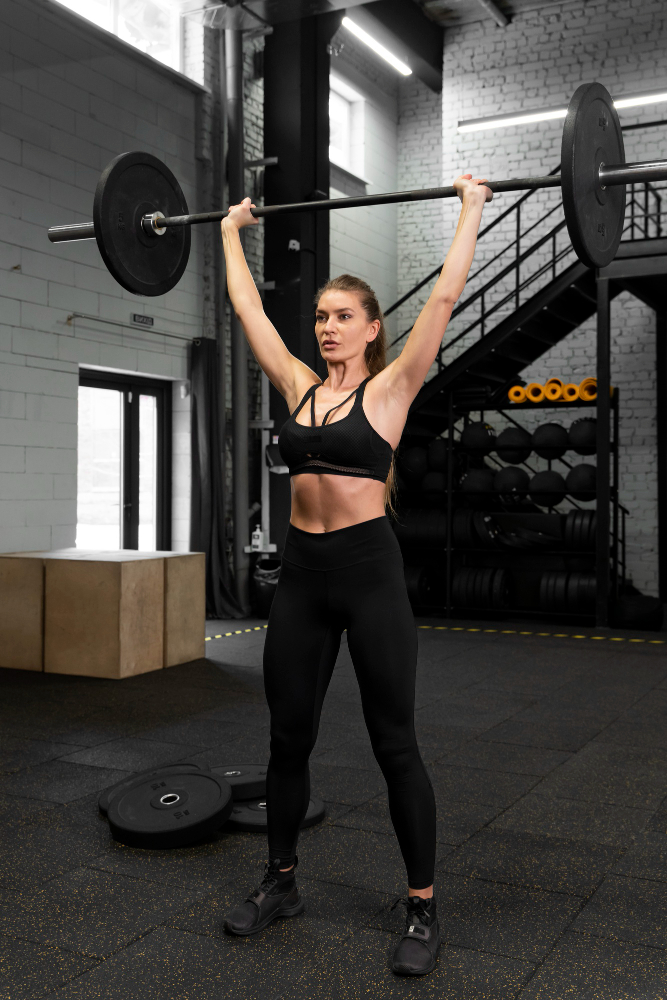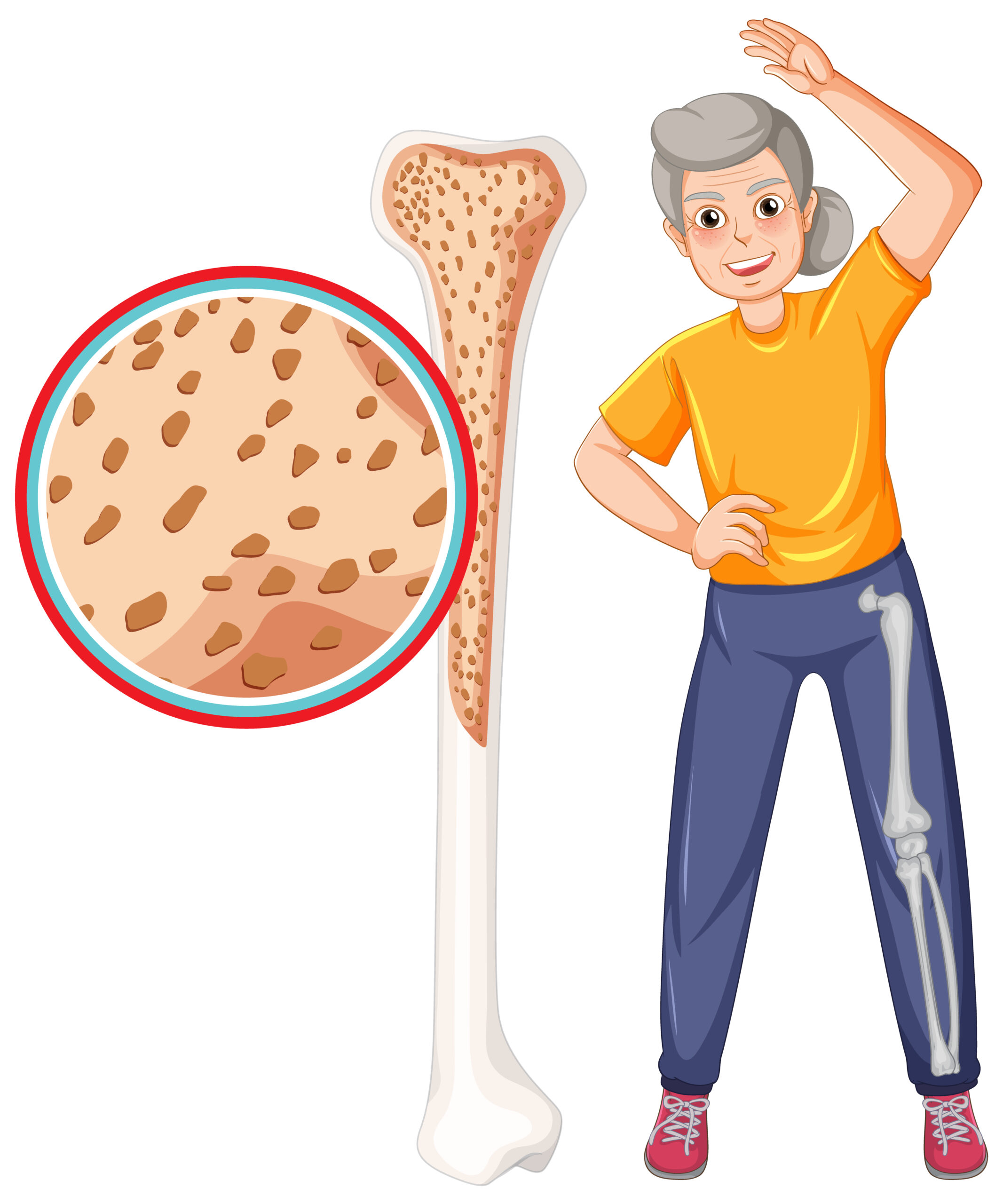Osteoporosis, osteopenia, and low bone mass are major concerns, especially for postmenopausal women and aging adults. Osteopenia is a condition where bone density is lower than normal but not yet at the level of osteoporosis, which is characterized by significantly weakened bones and a higher risk of fractures. While many are told to walk or do light exercise for bone health, research shows that high-intensity resistance and impact training (HiRIT) is far more effective at improving bone density and preventing both osteopenia and osteoporosis.
The Science of Bone Density and Exercise
Bones are living tissues that adapt to the stresses placed upon them. This concept, known as Wolff’s Law, explains why weight-bearing exercises and impact forces strengthen bones over time. When bones experience bending and mechanical strain, they stimulate osteoblasts, the cells responsible for bone growth. Without sufficient loading, bones lose density, increasing the risk of fractures.
What Exercises Improve Bone Density?
Not all forms of physical activity provide equal benefits for skeletal integrity. Research indicates that high-impact and resistance-based movements yield the most significant improvements in bone strength.

✔️ Most Effective for Enhancing Bone Density:
- Heavy Strength Training (e.g., Squats, Deadlifts, Overhead Presses)
- Jumping & Plyometric Exercises (e.g., Box Jumps, Skipping)
- Multi-Directional Movements (e.g., Gymnastics, Agility Drills)
❌ Less Effective for Bone Health:
- Swimming (non-weight-bearing, low-impact)
- Cycling (Limited axial loading, insufficient impact forces)
The LIFTMOR Study: Pioneering Research on Osteoporosis Prevention
The LIFTMOR trial, a groundbreaking study on bone health, compared high-intensity strength training with traditional low-intensity exercise.
- Participants: 101 postmenopausal women with low bone mass.
- Intervention Group: Followed a supervised, high-intensity resistance and impact training (HiRIT) program, training twice a week for 8 months.
- Control Group: Performed low-intensity home exercises (stretching, balance drills, and light resistance band movements).
Results:
- Bone Density Gains: The HiRIT group increased bone density by 2.9% at the lumbar spine and 0.3% at the femoral neck, while the control group saw declines.
- Improved Strength & Balance: Those lifting heavy had better functional movement and reduced fall risk.
- Safety: Despite concerns, the program was well-tolerated.
Why You Should Train with a Clinical Exercise Physiologist
Starting a bone health program under the guidance of a clinical Exercise Physiologist ensures that your exercise plan is tailored to your individual needs. A clinical exercise physiologist can assess your baseline strength and bone density, develop a safe and progressive training plan, and help you gradually build strength while minimizing injury risk. This personalized approach is especially important for individuals with osteoporosis or osteopenia, as improper loading can lead to fractures or setbacks.
What This Means for You
If you’re concerned about osteoporosis or low bone mass, traditional low-impact exercises won’t be enough. Incorporating progressive strength training and impact activities into your routine is essential.
At Strength Clinic, we design evidence-based exercise programs tailored to your needs, helping you safely and effectively build stronger bones.
Book a Consultation!

